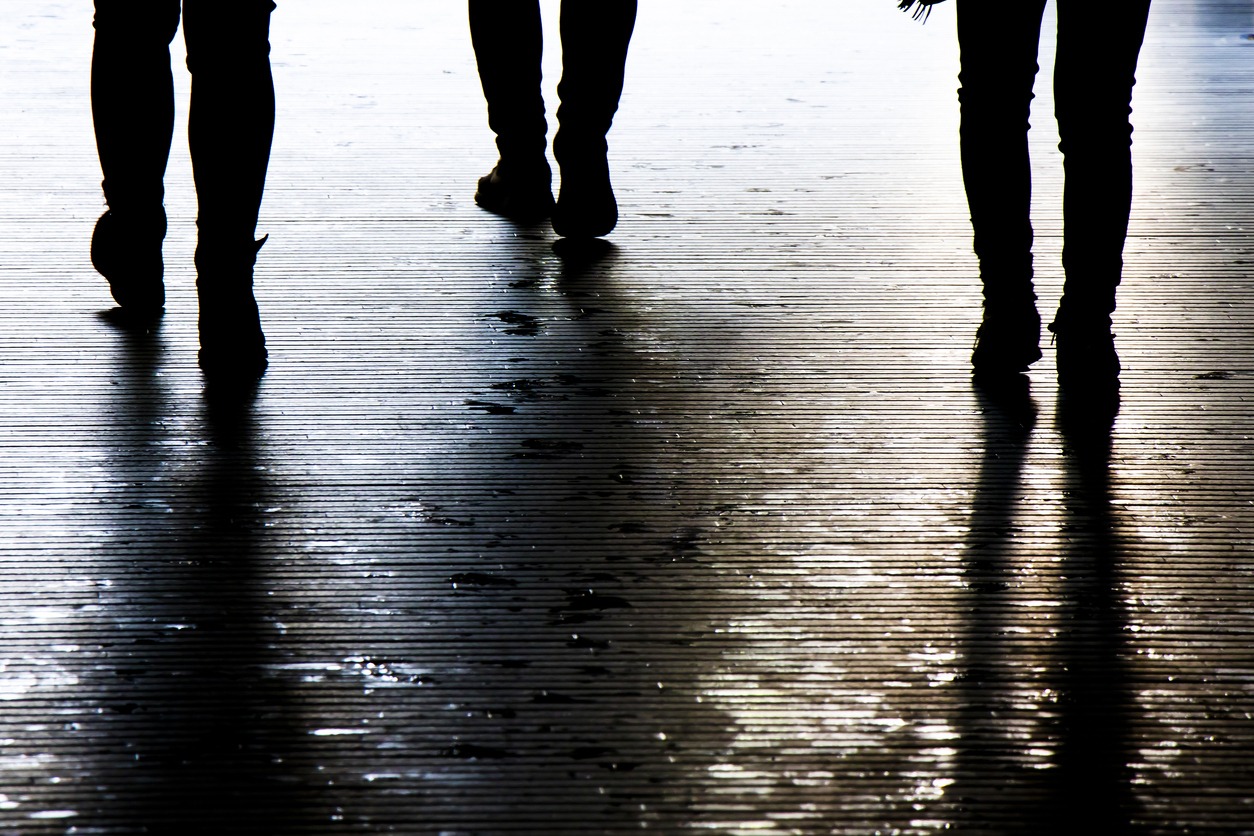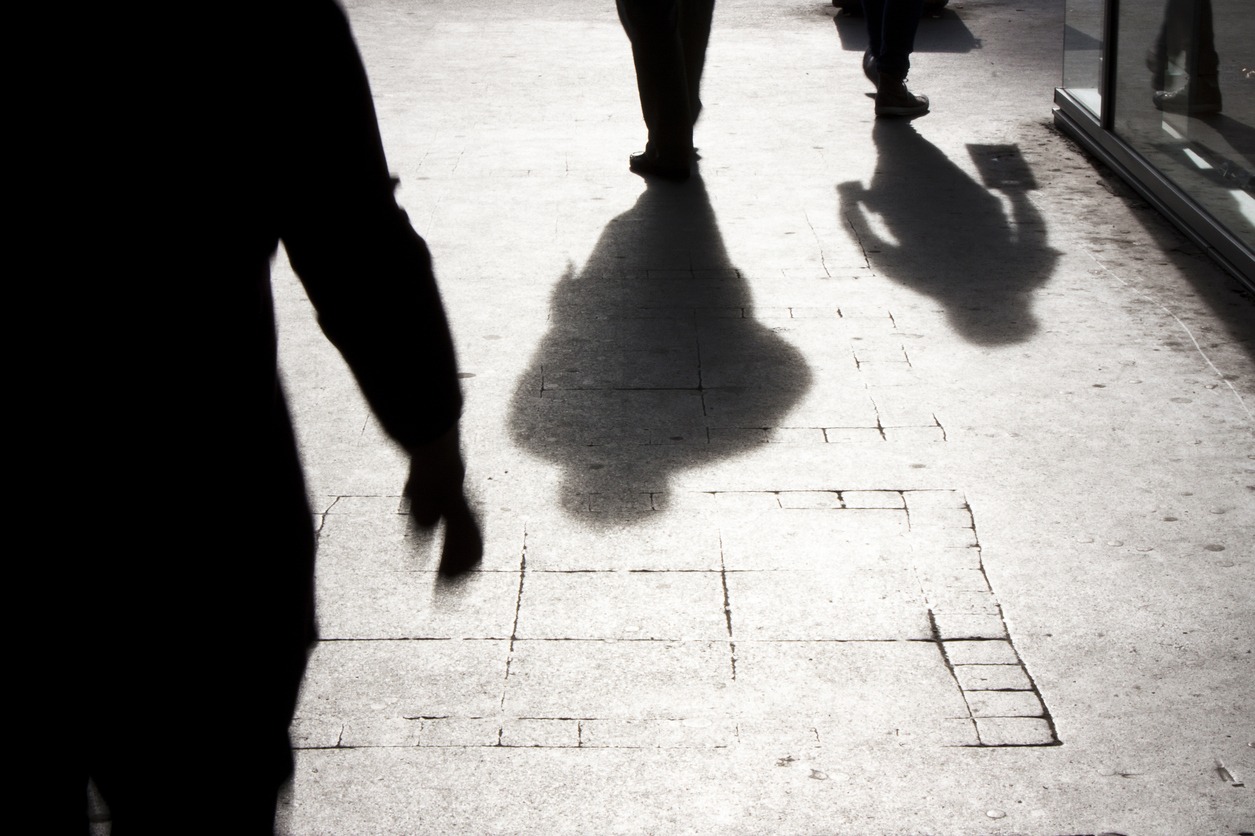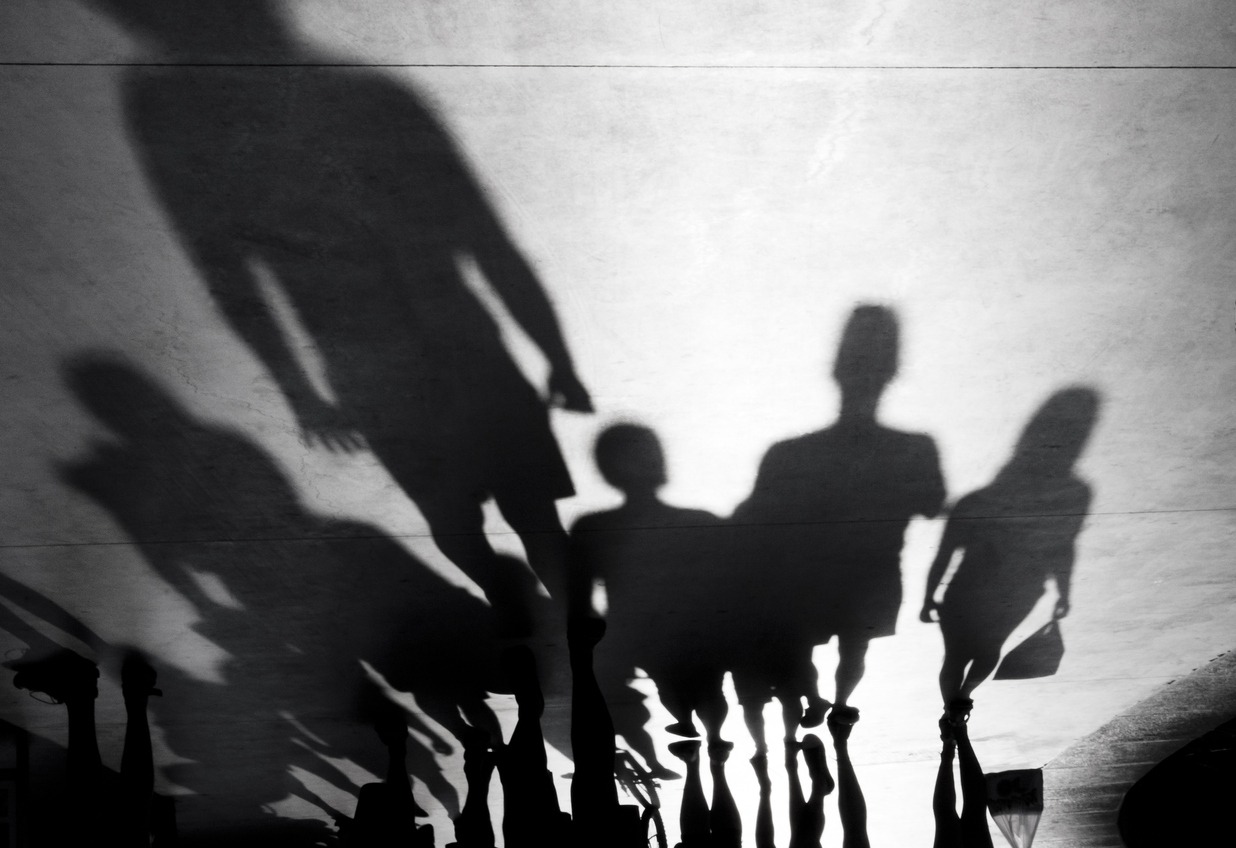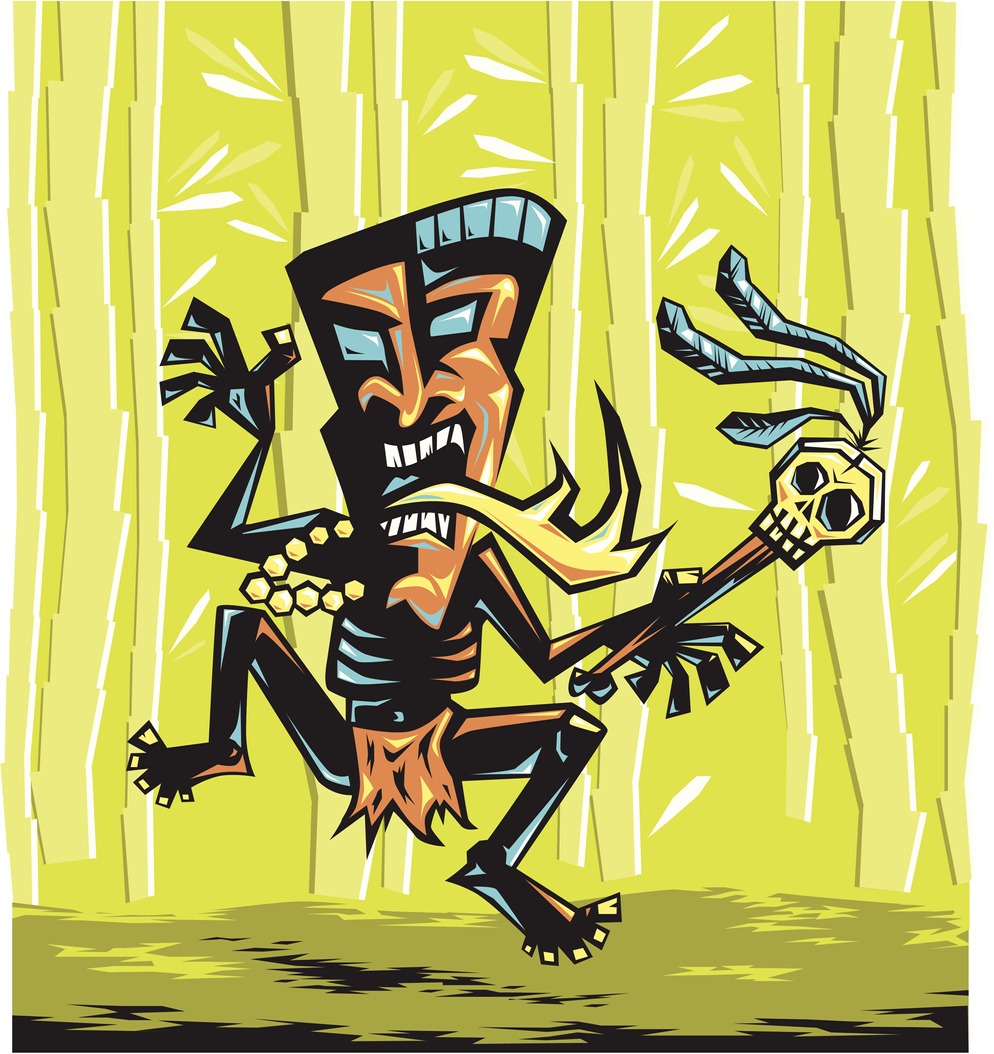The Night Marchers, or ‘Huaka’i Pō’ in Hawaiian, are a fascinating part of Hawaiian folklore. They are said to be the ghosts of ancient Hawaiian warriors, marching at night or in the early hours of the morning. These legends are not just stories; they hold a significant place in Hawaiian culture, representing a connection to the history and traditions of the islands.
In Hawaiian culture, the Night Marchers are more than just ghost stories. They are seen as a symbol of the past and the spiritual world of the ancestors. In this article, we will explore the mystery of the Night Marchers. We will look at their history, their importance in Hawaiian culture, and the various experiences and stories associated with them.
Historical Background
The legend of the Night Marchers finds its roots in the rich history of Hawaii. These ghostly warriors are believed to be the spirits of ancient Hawaiian warriors and chiefs. The belief is that they are eternally bound to protect the sacred lands and burial sites of their ali’i (chiefs).
These marches are said to follow the old battle paths and sacred trails that crisscross the Hawaiian Islands. This connection to the past is an essential part of understanding the Night Marchers, as it reflects the deep respect and reverence the Hawaiian people have for their land and ancestors.
Connection to Ancient Warriors and Ali’i
In Hawaiian tradition, warriors and ali’i held positions of great honor and responsibility. It was the duty of the warriors to protect their chiefs and lands with their lives. The Night Marchers are often depicted carrying ancient weapons and adorned in traditional battle regalia, symbolizing their continuing guardianship even after death.
The ali’i were highly respected leaders, and their burial sites were considered extremely sacred. The Night Marchers are believed to march primarily to guard these sites, making them both venerable and feared figures in Hawaiian folklore.
Role in Hawaiian Mythology and Culture
The Night Marchers are deeply embedded in Hawaiian mythology and cultural beliefs. They are not only seen as guardians of the past but also as a reminder of the spiritual world that coexists with the physical one. The stories of these spectral marchers serve to connect the present-day Hawaiians with their ancestral heritage and cultural identity.
These tales are passed down through generations, keeping the history and traditions of the Hawaiian people alive. The Night Marchers, thus, are more than just legends; they are an enduring part of Hawaii’s cultural legacy, bridging the gap between the past and the present.
The Legend of the Night Marchers
Description and Characteristics
The Night Marchers, or ‘Huaka’i Pō’ in Hawaiian, are described as ghostly apparitions of ancient Hawaiian warriors. They are said to march in large groups, often spotted at night or during twilight hours, moving in unison to the sound of pounding drums, conch shells, and chanting.
These spectral figures are often depicted wearing traditional Hawaiian warrior regalia and carrying weapons from ancient times. Witnesses claim that the Night Marchers float a few inches off the ground, their eyes glowing and their torches lighting their path. They are known to follow specific paths, believed to be ancient trails leading to sacred sites, battlefields, or burial grounds.
Myths and Stories
There are numerous myths and stories surrounding the Night Marchers. One common belief is that looking directly at them or interrupting their path can bring grave misfortune or even death. Another legend states that if you have an ancestor among the Night Marchers, they will chant your name and spare you from harm.
It’s also said that on certain nights, tied to the lunar calendar, their march is more likely to occur, often on nights of Kane, Ku, Lono, or Akua, the major gods of the Hawaiian pantheon. Many stories involve unsuspecting individuals encountering these marchers and experiencing supernatural phenomena or eerie feelings of being watched.
Significance and Behavior
The appearance of the Night Marchers is considered highly significant in Hawaiian folklore. It is often interpreted as a sign or an omen. The behavior of the Night Marchers is strictly purposeful; they are believed to be on a sacred mission, moving from one sacred site to another. They are not seen as malevolent spirits but rather as dutiful guardians of the past, ensuring the sanctity of sacred places and the respect of the living towards these sites. The respect for these spectral entities is deeply ingrained in Hawaiian culture, and many locals adhere to traditions and taboos associated with them, like staying indoors during their marches or offering prayers of respect.
Cultural Significance
Role in Contemporary Hawaiian Culture
In contemporary Hawaiian culture, the Night Marchers continue to be a significant presence, symbolizing a deep connection to the past. These legends are more than just folklore; they are an integral part of the Hawaiian identity, representing a link to ancestral heritage and the spiritual world.
The stories of the Night Marchers are often used as a means to teach respect for the land and the importance of preserving Hawaiian traditions and customs. For many Hawaiians, these legends serve as a reminder of the sacredness of certain sites and the need to approach them with reverence.
Impact on Local Customs and Beliefs
The belief in the Night Marchers has a tangible impact on local customs and practices. For example, many Hawaiians will avoid certain paths or areas at night, especially those known to be associated with the Night Marchers. There are also specific rituals and behaviors that are followed to show respect or to avoid attracting the attention of these spirits.
These customs are not just superstitions but are deeply rooted in the cultural and spiritual fabric of Hawaiian society. The legends of the Night Marchers thus play a crucial role in shaping the cultural landscape of Hawaii, influencing everything from land management to daily practices.
Respect and Reverence Towards These Entities
Respect and reverence for the Night Marchers are paramount in Hawaiian culture. This respect is rooted in the broader Hawaiian belief in ‘mana’, the spiritual energy that flows through all things. The Night Marchers are considered to possess high mana, making them both revered and feared.
Stories and legends about the Night Marchers are often shared with a tone of respect and solemnity, emphasizing the importance of honoring these ancient spirits. This respect is a reflection of the Hawaiian value of ‘aloha ʻāina,’ love of the land, which includes a deep respect for all aspects of the natural and spiritual world.
Encounters and Experiences
Throughout the years, there have been numerous accounts of sightings and encounters with the Night Marchers in Hawaii. These stories often come from locals who have a deep understanding and respect for the legends.
Witnesses typically describe seeing groups of torch-lit figures marching in formation, accompanied by the sounds of drums and chanting. Some report a sudden drop in temperature or a feeling of intense pressure in the air. These encounters are usually described as being both awe-inspiring and frightening, leaving a lasting impression on those who experience them.
Common Locations for Sightings
The Night Marchers are said to appear in specific locations known for their historical and spiritual significance. These include ancient battlefields, burial sites, and pathways connecting sacred areas. Some well-known locations where Night Marchers are reportedly seen include the Nu’uanu Pali lookout on Oahu, the ancient Hawaiian burial grounds in the Waipio Valley on the Big Island, and the Heiau (temples) spread across the islands. These sites are often avoided at night by locals out of respect and caution.
Personal Testimonies
Personal testimonies of encounters with Night Marchers vary, but many share common elements. Individuals often speak of a profound sense of being in the presence of something ancient and powerful. Some recount hearing phantom sounds or seeing ghostly figures in the distance, while others describe an overwhelming sense of being watched or followed.
Many of these stories are passed down through families, adding to the personal and cultural significance of these encounters. Despite the fear they often invoke, these experiences are generally interpreted as a reminder of the presence and power of the ancestors and the importance of respecting Hawaiian traditions and sacred sites.
Understanding the Phenomenon
Interpretations and Theories
- Cultural Interpretations: In Hawaiian culture, the Night Marchers are often seen as a manifestation of the ancestors’ ongoing presence and influence. They are a reminder of the sacredness of the land and the importance of respecting Hawaiian traditions.
- Psychological Perspectives: Some psychologists suggest that sightings of Night Marchers could be influenced by the power of suggestion and cultural beliefs. In a community where such legends are well-known, individuals might interpret natural phenomena or feelings of fear as supernatural encounters.
- Paranormal Explanations: Those who study the paranormal often regard the Night Marchers as genuine supernatural occurrences. They view these apparitions as evidence of life after death or as spirits tied to specific locations due to past events.
Scientific and Skeptical Viewpoints
- Environmental Factors: Skeptics argue that environmental factors like fog, shadows, and sounds can create illusions, especially in areas where people are already primed to expect ghostly figures.
- Lack of Tangible Evidence: Scientifically, there is a lack of physical evidence to prove the existence of Night Marchers. Skeptics point to this absence as a reason to doubt the literal truth of these legends.
- Psychological Phenomena: The experiences of encountering Night Marchers are also viewed through the lens of psychological phenomena such as mass hysteria, where a group of people might believe they are experiencing the same thing due to shared emotions and expectations.
Comparison with Other Cultures
The Night Marchers are not unique in the world of folklore. Many cultures have legends of ghostly processions or spirits tied to specific locales. Some examples include:
- The Wild Hunt in European folklore, where a ghostly group of hunters is seen in the sky.
- Processions of the Dead in various Asian cultures, where spirits are believed to march or gather.
These similarities highlight how different cultures use folklore to explain the unknown and to maintain a connection with their history and ancestors.
Understanding the phenomenon of the Night Marchers involves a blend of cultural, psychological, and paranormal perspectives. Whether viewed as ancestral spirits, psychological projections, or unexplained paranormal entities, the Night Marchers remain a significant and intriguing part of Hawaiian folklore and culture.
Respect and Preservation of the Legend
In Hawaii, respecting the legends of the Night Marchers goes beyond mere acknowledgment; it’s about understanding and honoring the cultural significance of these tales. This respect is crucial for maintaining the rich heritage of the Hawaiian Islands. For local communities, these legends are a reminder of their ancestors’ values and traditions. Respecting these stories helps preserve the cultural identity and history of the Hawaiian people.
Efforts to Preserve the Stories and Legends
The stories of the Night Marchers have been preserved and passed down through generations via oral traditions. This method of storytelling helps keep the legends alive and relevant in the modern world. In schools and community programs, there is an emphasis on teaching Hawaiian folklore, including the legends of the Night Marchers.
These educational efforts ensure that young Hawaiians understand and appreciate their cultural heritage. The legend of the Night Marchers has been integrated into books, films, and other forms of media, helping to keep the legend alive in contemporary Hawaiian culture.
Impact of Tourism and Modernization
As Hawaii is a popular tourist destination, there is a continuous effort to educate visitors about the cultural significance of the Night Marchers and other Hawaiian legends. This education helps prevent disrespect of sacred sites and promotes a deeper understanding of Hawaiian culture.
There are ongoing efforts to protect and preserve the locations associated with the Night Marchers, such as ancient battlefields and burial sites. These efforts are crucial in maintaining the physical and spiritual integrity of these places.
Through education, cultural practices, and responsible tourism, Hawaiians and visitors alike can honor these ancient guardians, ensuring that the spirit of the islands and their people continue to thrive for generations to come.
Conclusion
The legend of the Hawaiian Night Marchers is a fascinating part of Hawaii’s rich cultural heritage. These stories are passed down through generations and they connect the people of Hawaii to their history and ancestors. They remind us of the importance of respecting traditions and the land. While interpretations of the Night Marchers vary from cultural beliefs to scientific skepticism, respect for these legends remains strong in Hawaiian society.
By continuing to share and respect these tales, we keep an important part of Hawaiian culture alive for future generations. Whether one sees them as mere folklore or something more, the legends of the Night Marchers continue to captivate and intrigue both locals and visitors alike.




